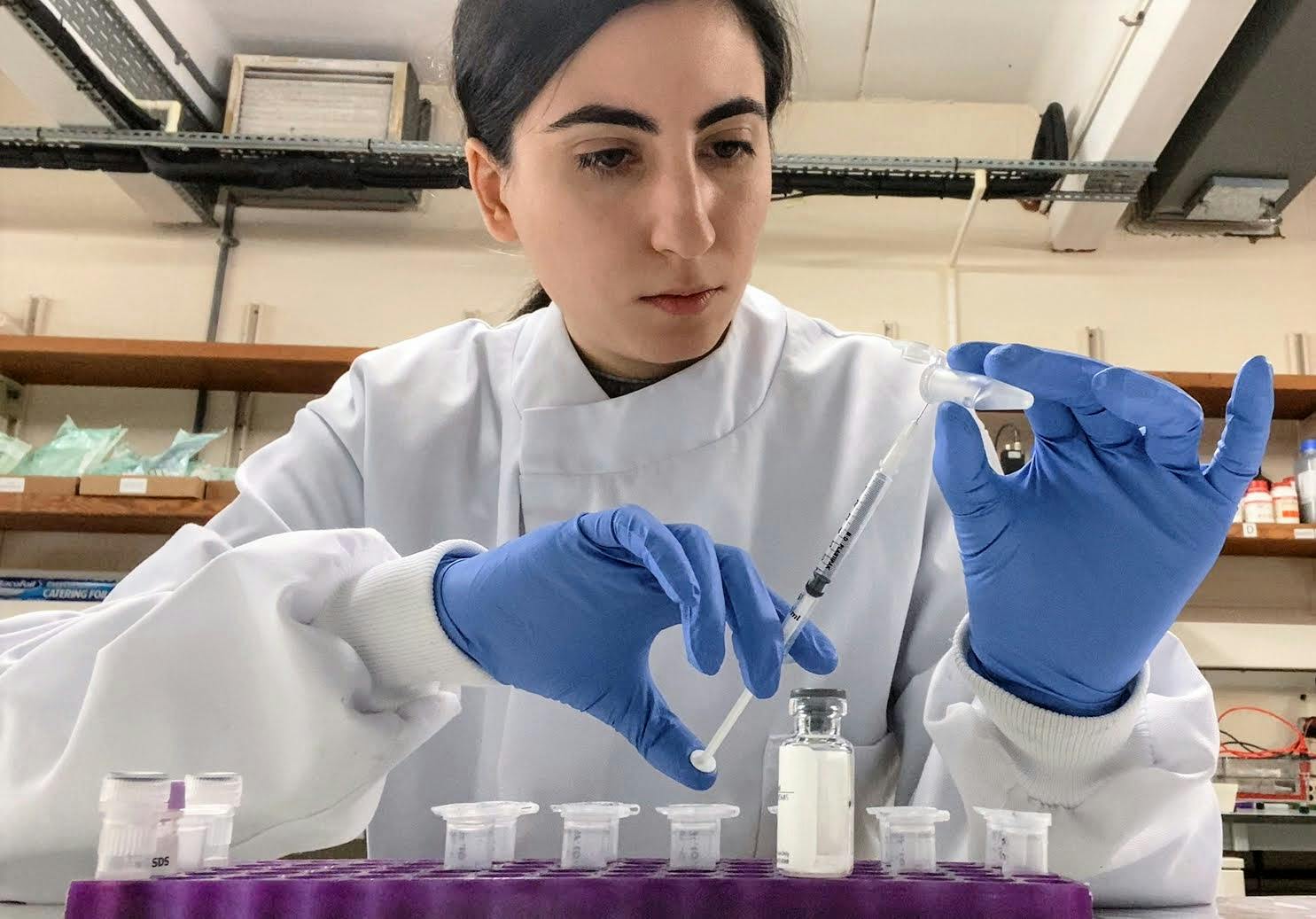✍️ Author: Dr Eleni Christoforidou
Home
Preparing a stock of a protein.
A Day in the Lab: Preparing Proteins for Long-Term Storage
🕒 Approximate reading time: 2 minutes
Today's lab activity involved preparing a stock of a protein for long-term storage. The process began with the introduction of a specific volume of an appropriate liquid - in this case, water - to the glass vial containing the lyophilised form of the protein. Using a syringe, the liquid was added to convert the powder into a solution of the desired concentration.
Subsequently, this solution was aliquoted, or divided, into smaller tubes. One of these aliquots was immediately used for a biochemical assay, while the remaining ones were stored at -80°C for future use.

To ensure that the protein retains its original biological or functional behaviour over the storage period - which could range from days to years - it's crucial to prevent any possible inactivation processes. The shelf life of a protein relies not only on its inherent nature but also on the storage conditions.
Proteins must be stored within an appropriate temperature and pH range, typically in the presence of a concentrated substance such as glycerol or sucrose. This helps to maintain activity and prevent protein aggregation, thereby allowing the protein to remain effective for future applications.